Heavy Metals in Water

Heavy metals in water pose significant risks to human health and the environment. Understanding their impact and how to handle them is crucial for ensuring safe and clean water supplies. This article explores the sources of heavy metals common in water, their effects, testing methods, and effective strategies for removal. What are Heavy Metals Heavy […]
Effects of Low Dissolved Oxygen in Water
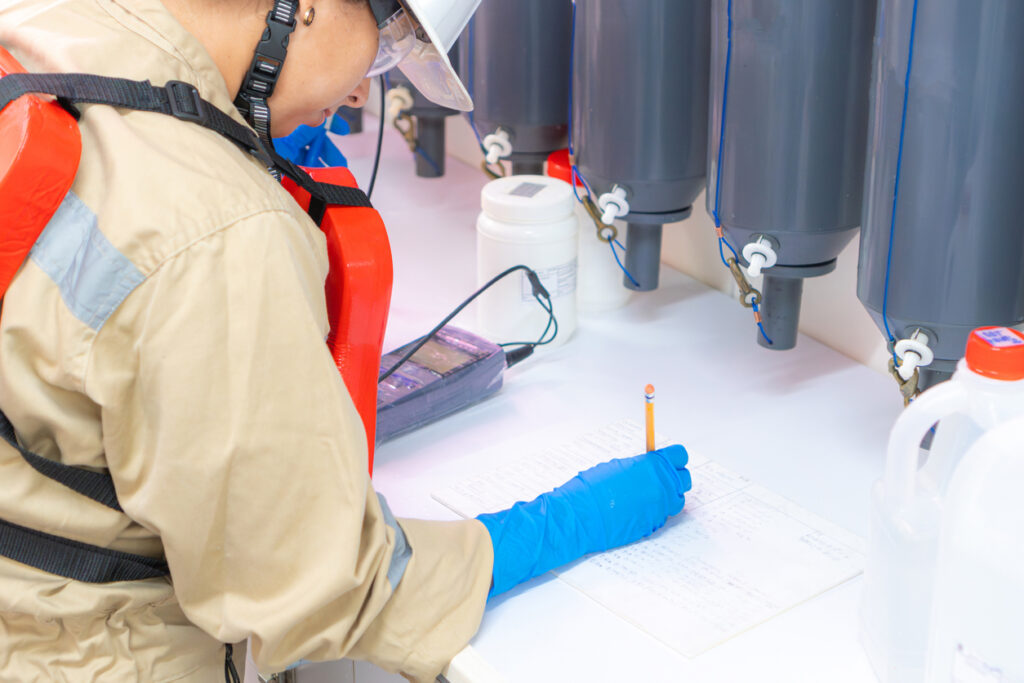
Having low levels of dissolved oxygen in water could be detrimental to the health of aquatic ecosystems. This article reviews what dissolved oxygen (DO) is, causes and effects of low levels in water, how to increase DO, and how to measure it. What is Dissolved Oxygen in Water Dissolved oxygen (DO) refers to the amount […]
Understanding pH in Food and Methods for Testing pH Levels
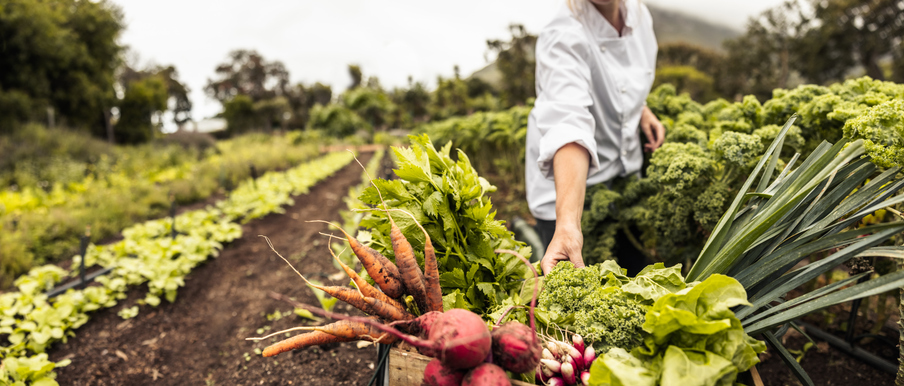
The pH level in food plays a crucial role in determining its taste, texture, safety, and shelf life. As a result, it is one of the foremost considerations in various aspects of food production, preservation, and quality control. This article delves into understanding the significance of pH in food, different methods for testing pH levels, […]
Ion Selective Electrode
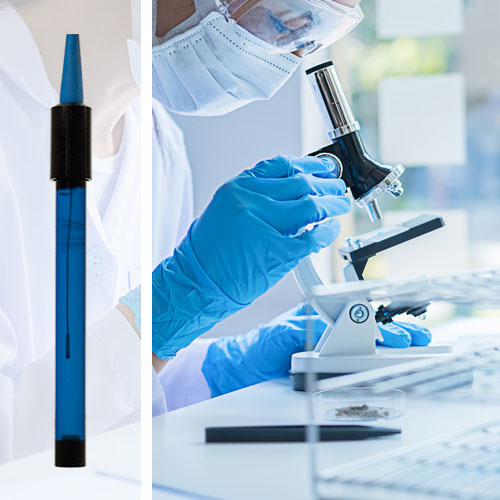
An ion selective electrode is a unique sensor that measures the concentration of specific ions in a solution. It is also known as a specific ion electrode and membrane electrode. Because of its uniqueness, its application cuts across several fields, including environmental monitoring, medical diagnostics, and industrial processes. This article explores what an ion-selective electrode […]
Ballast Water Treatment – Importance, Methods, and Regulations
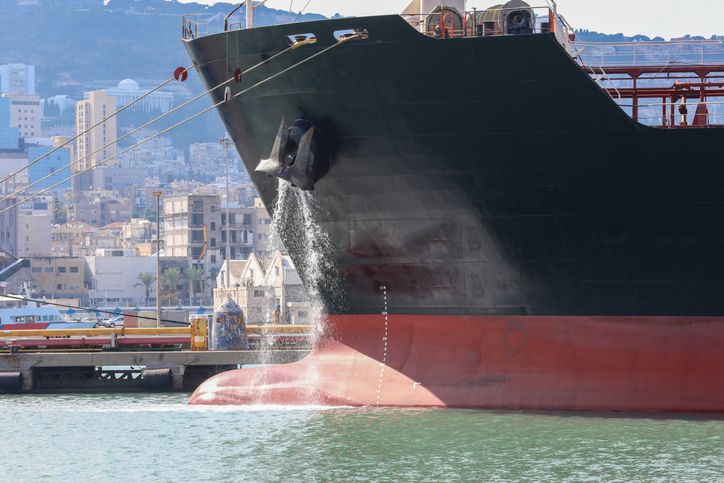
Ballast water treatment systems remove and destroy both biological and non-biological substances from ballast water. This article reviews the importance of ballast water treatment systems, some common methods, industry regulations, and selecting the ideal method. Importance of Ballast Water Treatment Systems Since the advent of steel-hulled ships, water continues to serve as ballast to stabilize […]
Optimizing Hydroponic Systems
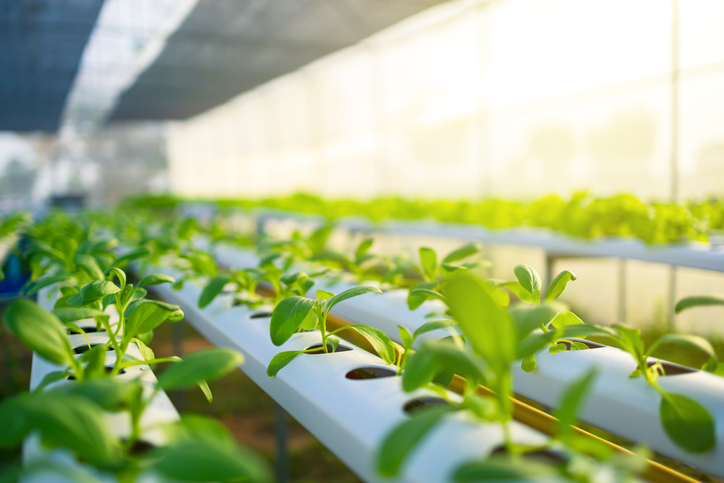
Hydroponics refers to growing plants using a water-based nutrient solution rather than soil. This nutrient solution may include an aggregate substrate or growing media like peat moss, vermiculite, coconut coir, or perlite. Initially, this farming system was for studying plant nutrition, hobbyists, and small farmers. However, with declining agricultural lands due to increased population, urbanization, […]
Wastewater Disinfection Methods: Chlorine, UV Light, and Ozone
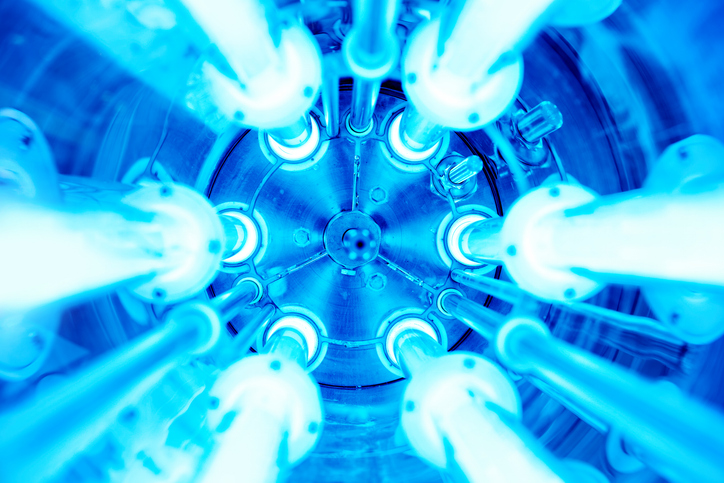
This article reviews the importance of wastewater treatment, as well as common disinfection methods such as chlorine, UV light, and ozone.
The Role of Liquid Sensors in Environmental Monitoring
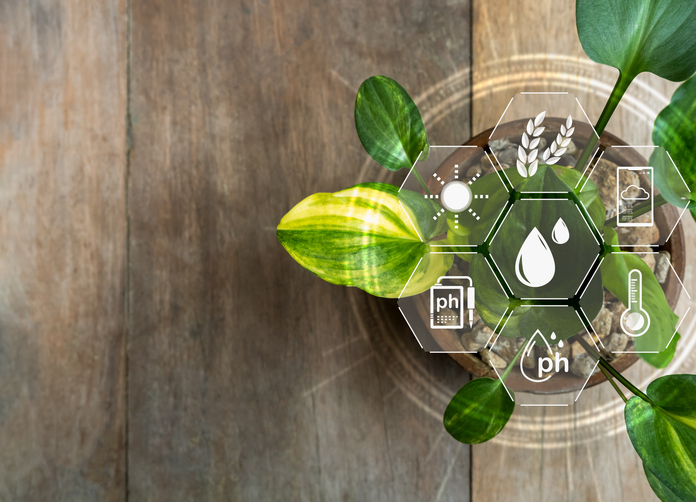
Liquid sensors play an important role in environmental monitoring so as to safeguard our planet’s resources. From detecting pollution to maintaining water quality and promoting conservation efforts, these sensors have become indispensable tools. This article reviews what environmental monitoring is, and the role of liquid sensors in populations with limited access to clean water. What […]
Chlorine Disinfection of Water: Free Chlorine and Total Chlorine Sensors
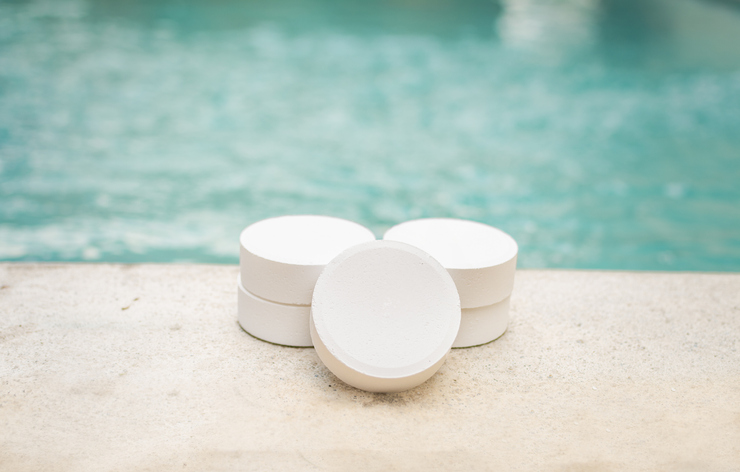
Free and total chlorine measurements are important when determining the effectiveness of water treatment efforts. This is because they provide insight into the interaction between chlorine and contaminants, as well as help in delivering the right chlorine dosage. In this article, we review what free chlorine and total chlorine are, their sensors and their importance […]
The Dangers of Lead in Drinking Water
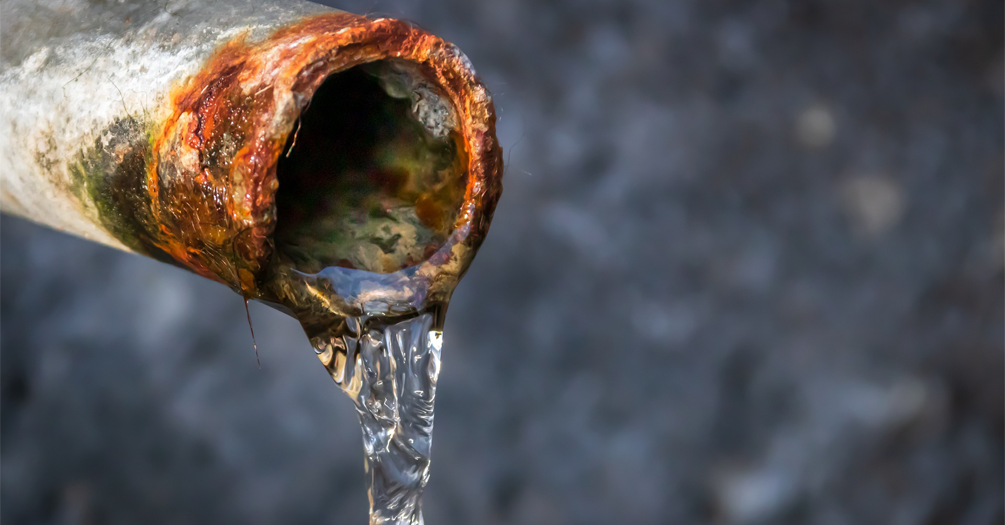
In this article, we review possible channels of lead contamination in drinking water, dangers of ingestion, safe levels, and detection.

